The Belgian City of Food, Hasselt by Motorhome
Alright, I’m going to fess up right from the off here: we’ve come to Belgium’s city of good food and we’ve eaten in McDonalds. We’re not proud, but Hasselt has proven a bit too posh for us! It’s a lovely city, all cycle paths, street cafes, parks and shops, but it’s just a tad too rich for us! Even the McDonalds felt a bit ‘high-end’ with huge touch screens, faux-wood table tops and loos you needed to enter a code to access!
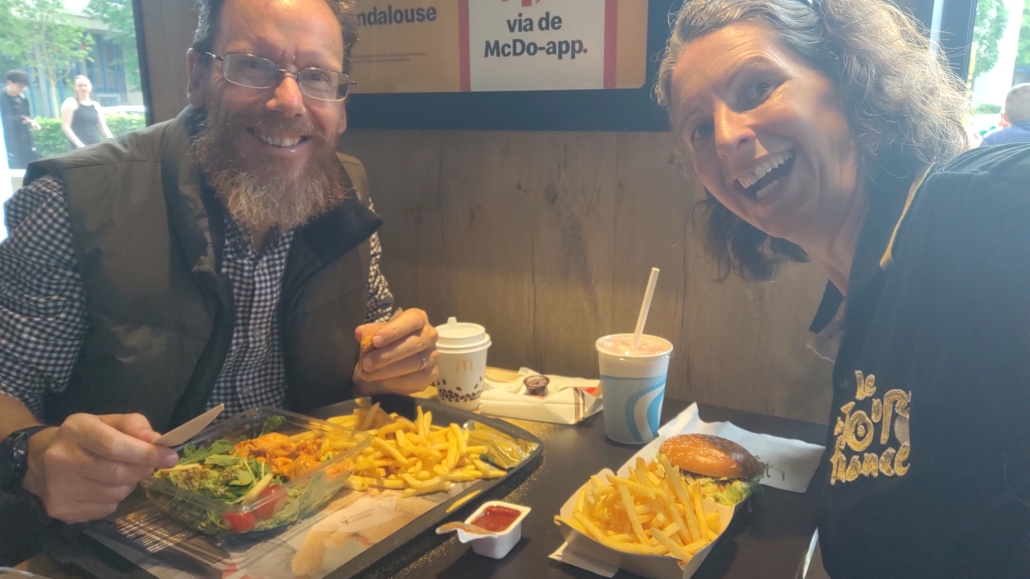
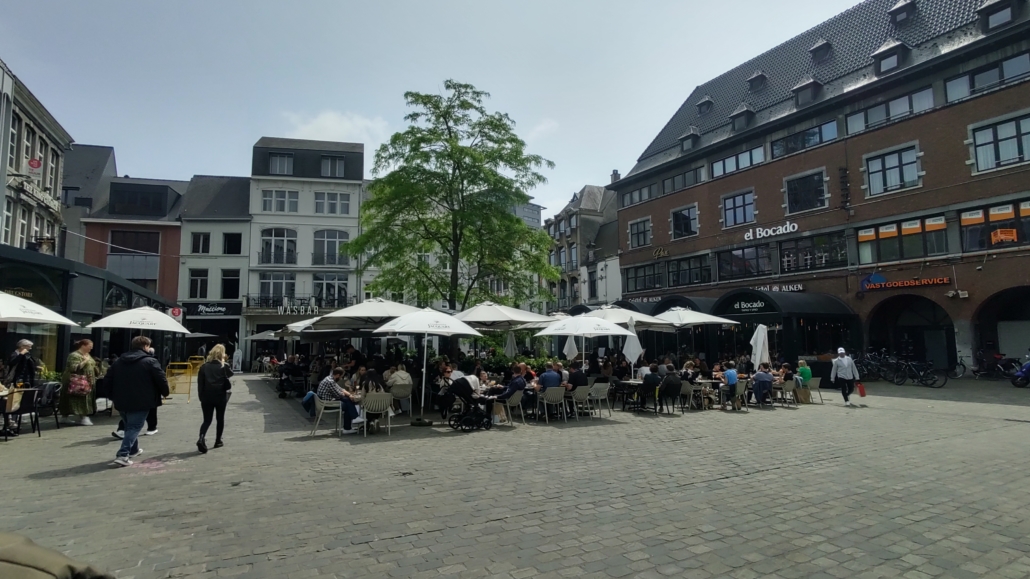
We haven’t been 100% tight though, and have shelled out €44 for a couple of nights in Hasselt’s brand new camperterrain. The aire’s located next to a Japanese garden, about a mile’s walk or cycle from the centre. It’s a very neat place, landscaped with a curved layout, semi-mature trees, grass-concrete pitches and placed rocks. The included WiFi is quick enough to stream YouTube and the bins are so posh you need to type in a code to open the lids. Our batteries are well-charged so we’ve opted not to pay for the electric hook-up which is paid by the unit. There’s more information about the Hasselt motorhome aire here.
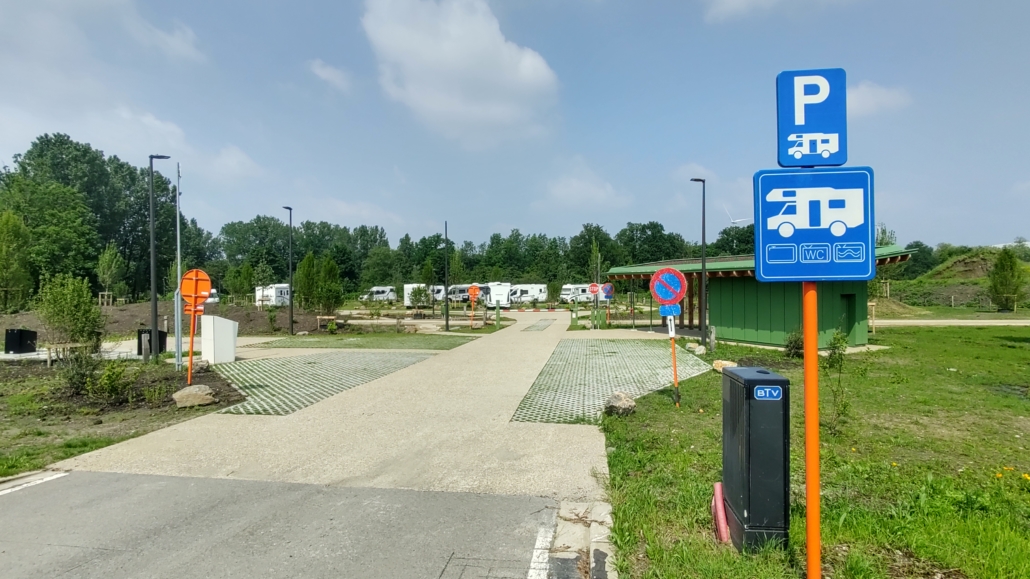
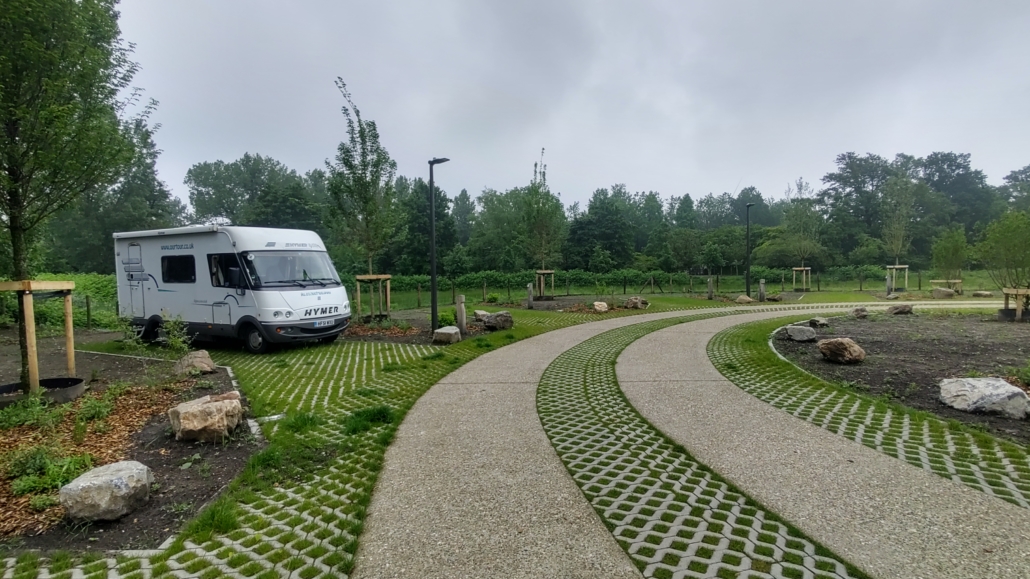
On our way here from Germany we nipped into the Netherlands to take part in the Saturday morning ritual that is parkrun. These are 3 mile (5km) events which you can run, jog or walk, and take place across Europe (but mostly in the UK). Ju found one at Sittard, where we could park Zagan at the start (the town’s motorhome aire was closed for an event). Among the 43 participants there was a good representation of nationalities and we enjoyed chatting with a few of them and being made to feel very welcome.
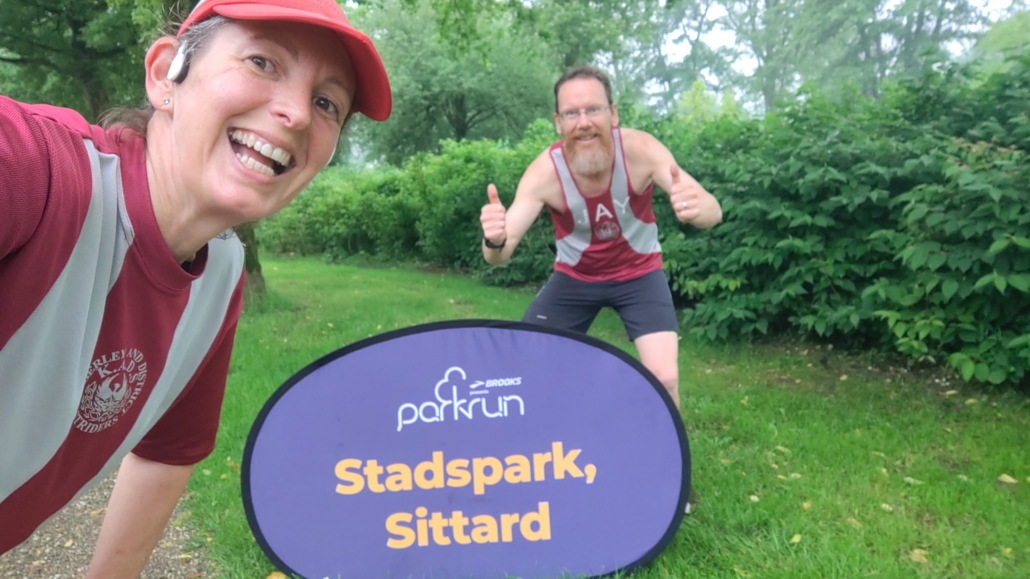
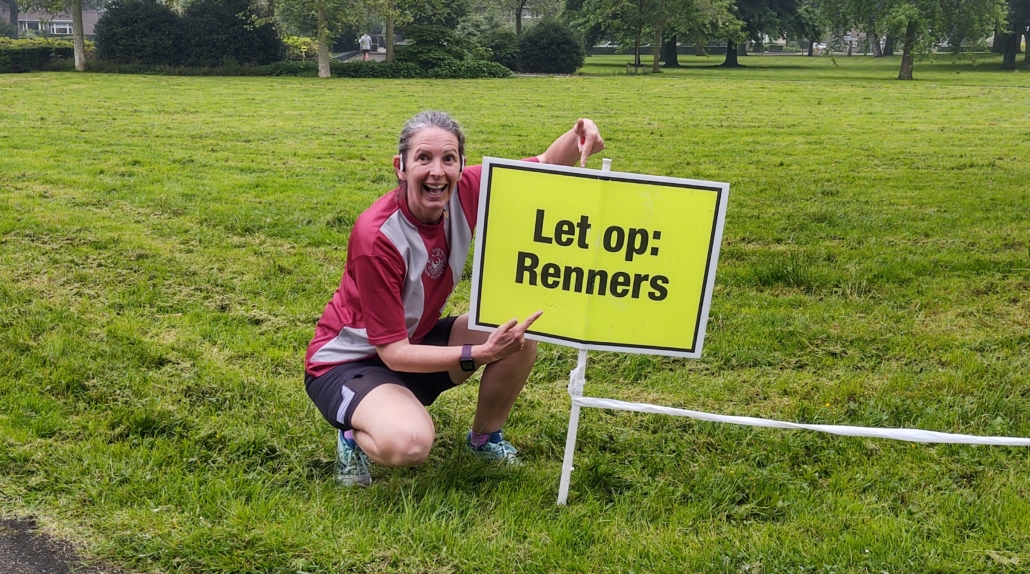
From there smooth, quiet and free motorway and A roads carried us a short way across Flanders (Northern Belgium) to here. It’s a national holiday across much of this area of Europe tomorrow, and we’d found many aires and campsites which allow booking were completely full. Nervous of spending the day hunting for a pitch, we headed here as (a) it’s more expensive than most places, so less likely to be busy (b) has good reviews on park4night and (c) it’s close to the city, the canal and parks, so has plenty to see. It was also quite close to the Netherlands, so if it was full we’d have enough time to search for places further on, at Antwerp or Bruges perhaps.
When we arrived we were relieved to find there was plenty of space (several Belgian-registered vans arrived throughout the day). We used the service point, paid and cruised under the slagboom (the barrier) and into a nice spot backing onto greenery.
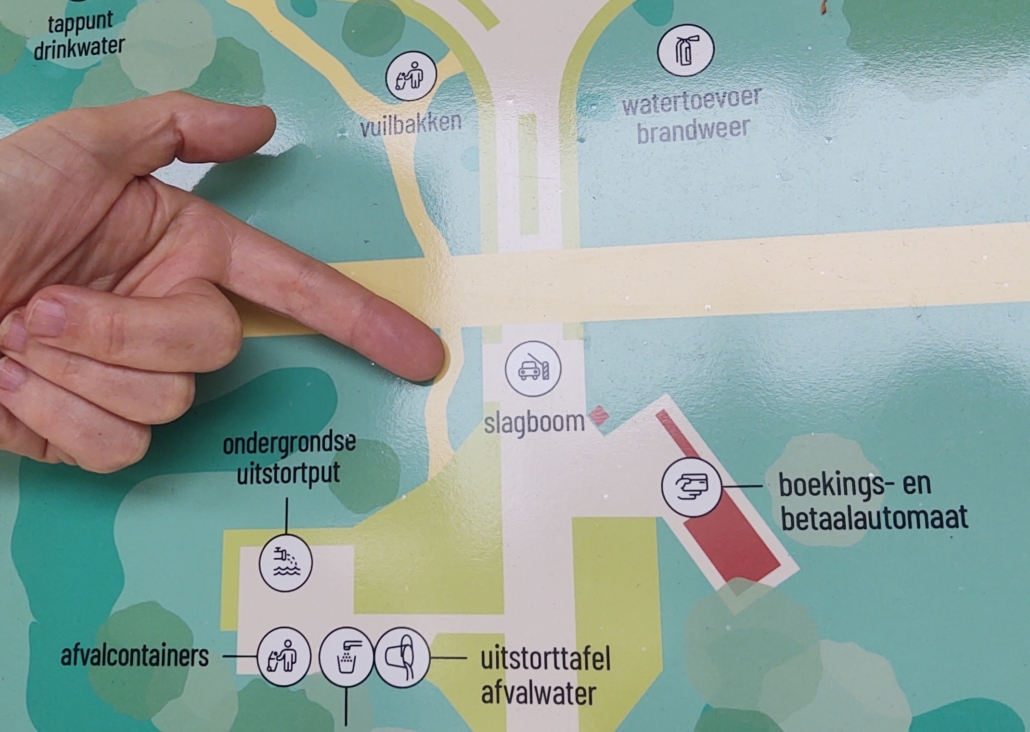
Again fessing up: I’ve not really been much attracted to travel in Belgium. Partly because some of the time I have spent here was working at a grimy coal-fired power station. It wasn’t for long, just a few days here and there of IT consultancy. But I’ve memories of railway stations and trains plastered with graffiti. Also, unsurprisingly, the power station area was industrial and run down and literally stank (it was next to a waste processing plant). It’s since been demolished.
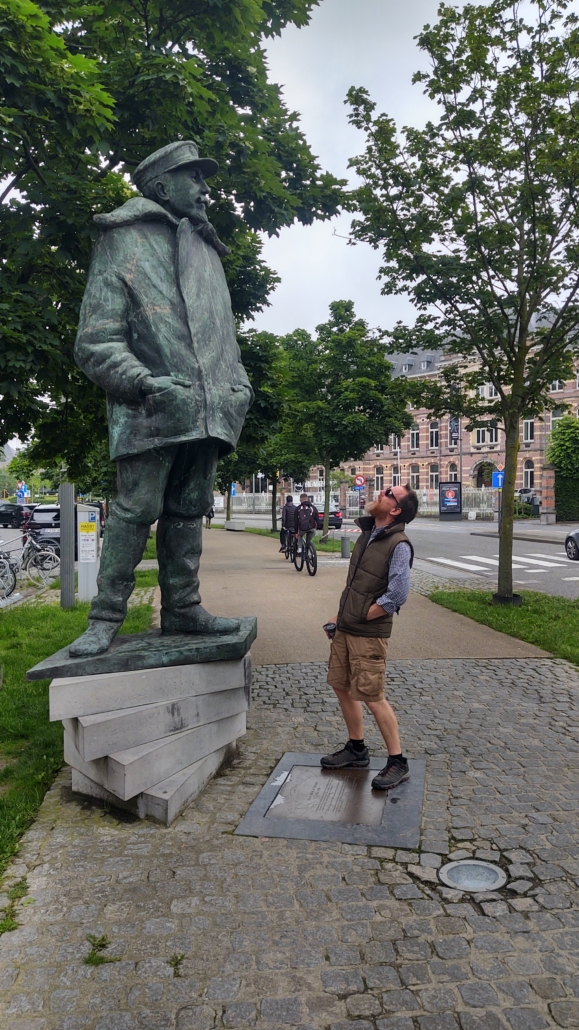
It is of course, absolutely unfair to judge a country based on such a narrow experience and Hasselt couldn’t be more different a place. It’s not one of Belgium’s big historic cities with architecture from the medieval Hanseatic League like you’ll find in Bruges or Ghent. But it has a laid-back, clean, affluent, forward-thinking and positive vibe. (and hardly any graffiti :-)).
Cycle paths criss-cross the city, with parents transporting kids, pooches and shopping on beautiful Dutch cargo bikes (keep your wits about you when walking around!). Organised bike rides are taking place today (The Tour of Limburg race starts here tomorrow too), with music playing over one of the town’s squares and areas provided for kids to try various riding games. There’s also a giant European-wide Islamic convention taking place with endless busses arriving carrying thousands of deligates as we walked past.
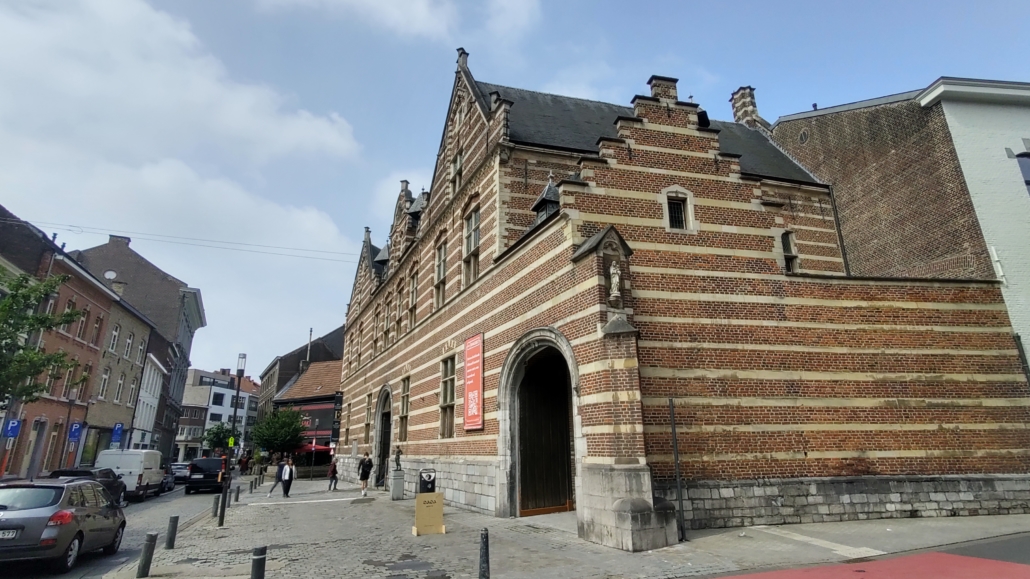
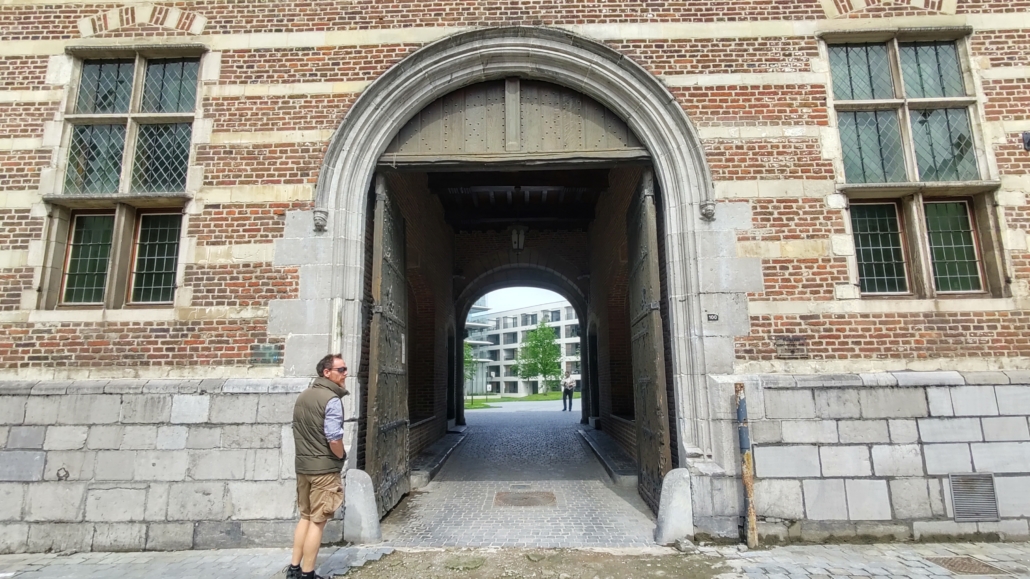
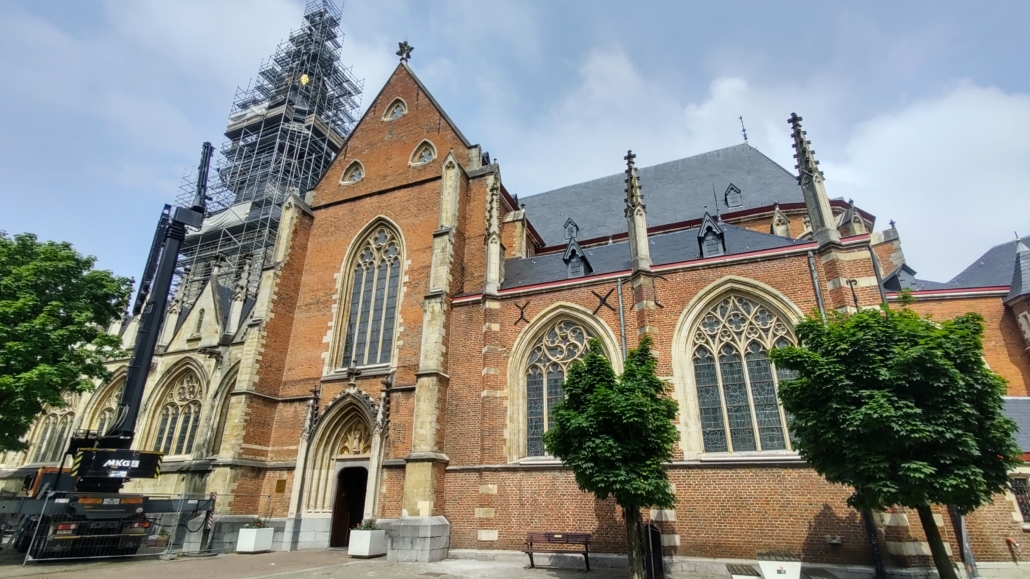
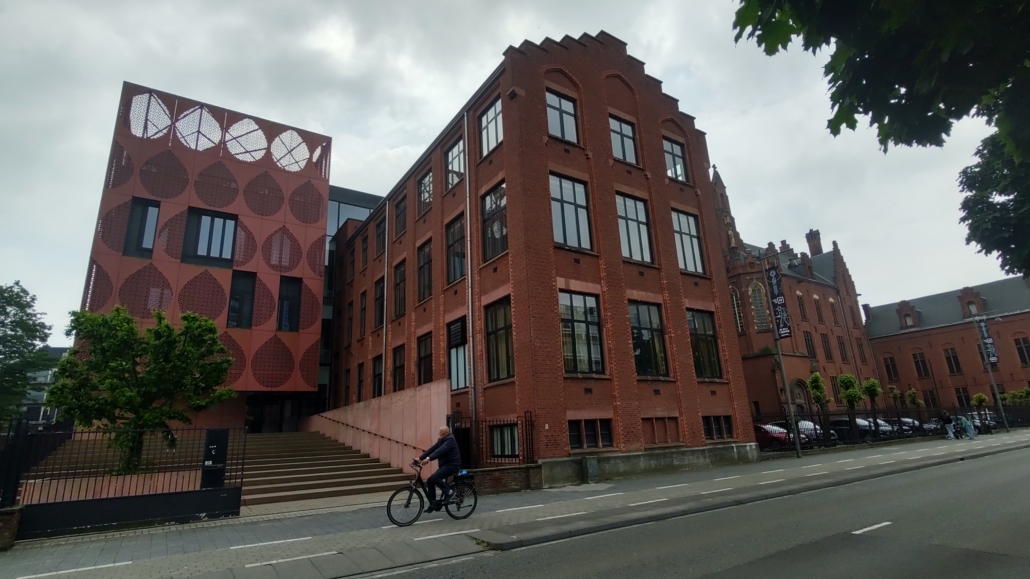
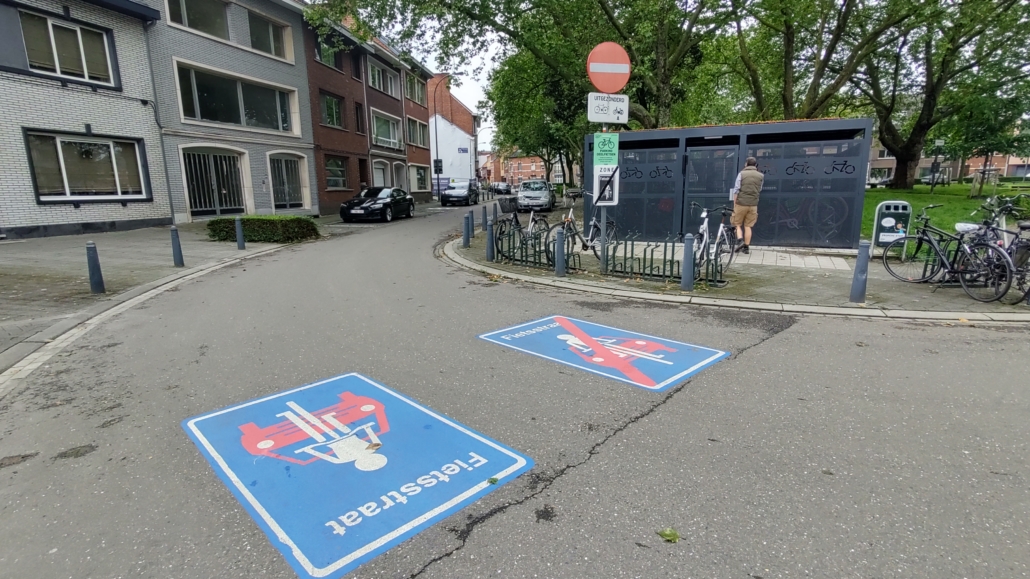
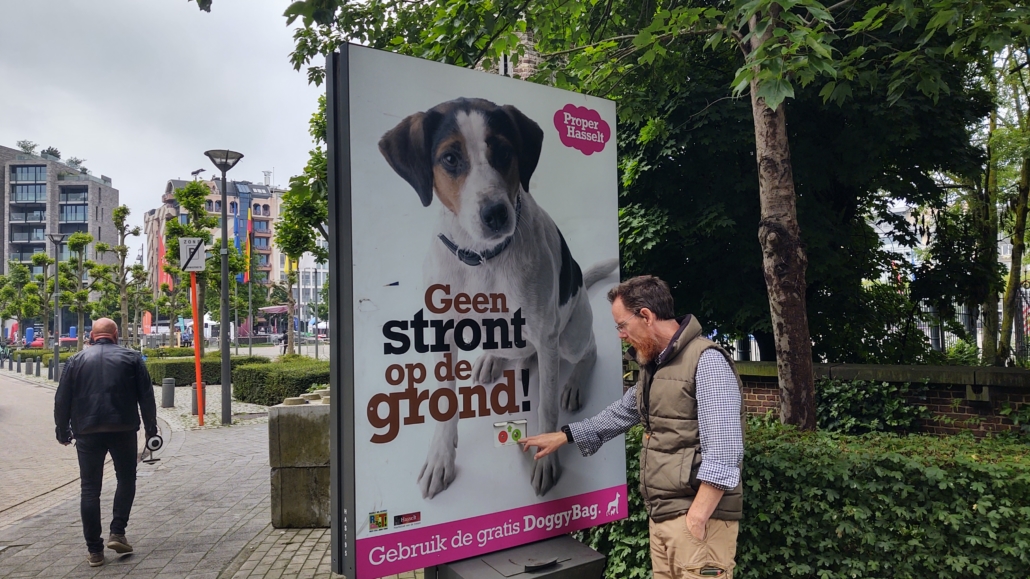

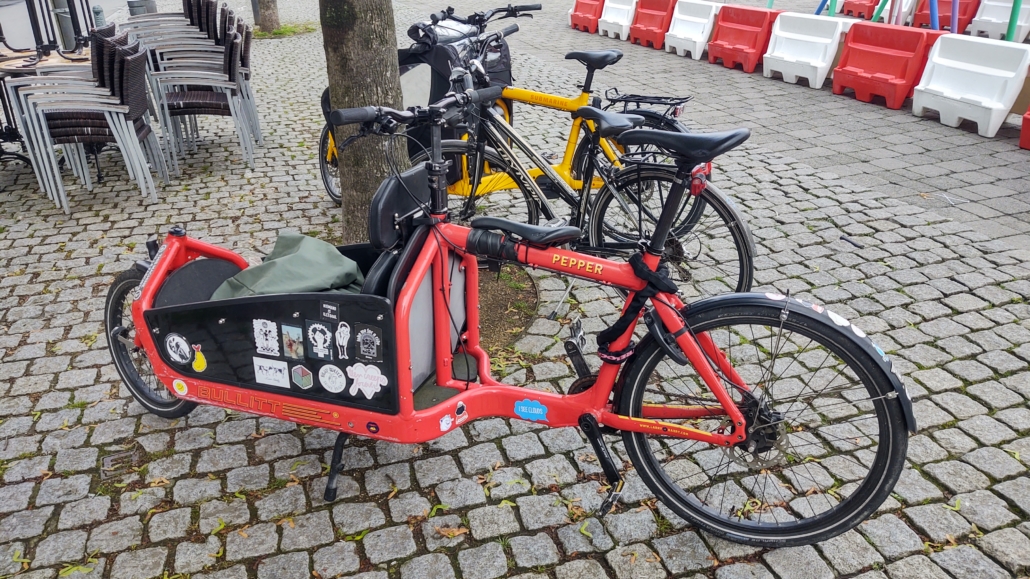
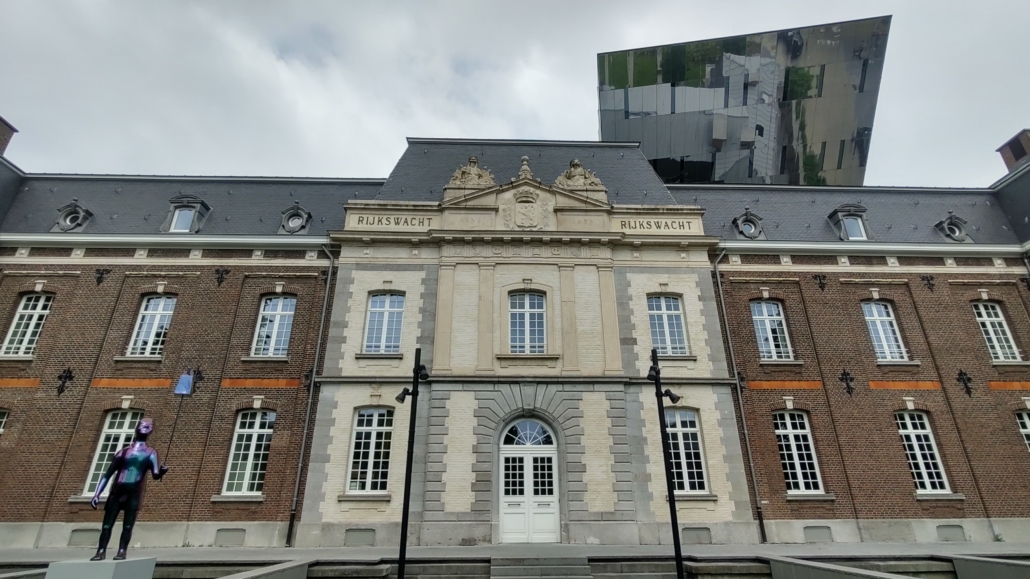
There’s even a wide custom-built pedestrian-bike bridge by the huge locks on the nearby Albertkanaal. I live a short way from a canal in the UK and I’m flabbergasted at the sheer scale of canals and locks here in northern Europe. The Albert Canal is 85m wide! The barges are over 100m long (some are almost 190m) and the locks drop 10m each, with a built-in hydroelectric plant for good measure. Over 2 billion tons of material are transported annually on this canal alone. It’s a sight to see, and is just a mile from the motorhome aire.


On one walk into the centre we came across a large monument to King Leopold II and to residents of this area of Belgium who died in the country’s colonies. When I saw the name Leopold II I recalled reading The Heart of Darkness by Joseph Conrad. The book relayed the sickening brutality of European rule in Africa, happening to focus on Belgium as the colonial power. King Leopold II was the one benefiting from it all in this case. He was in personal charge of the Congo after the Belgian state refused to be involved. His private army effectively used slave labor to harvest ivory and rubber, making him fabulously wealthy, perhaps the richest person on the planet at the time.
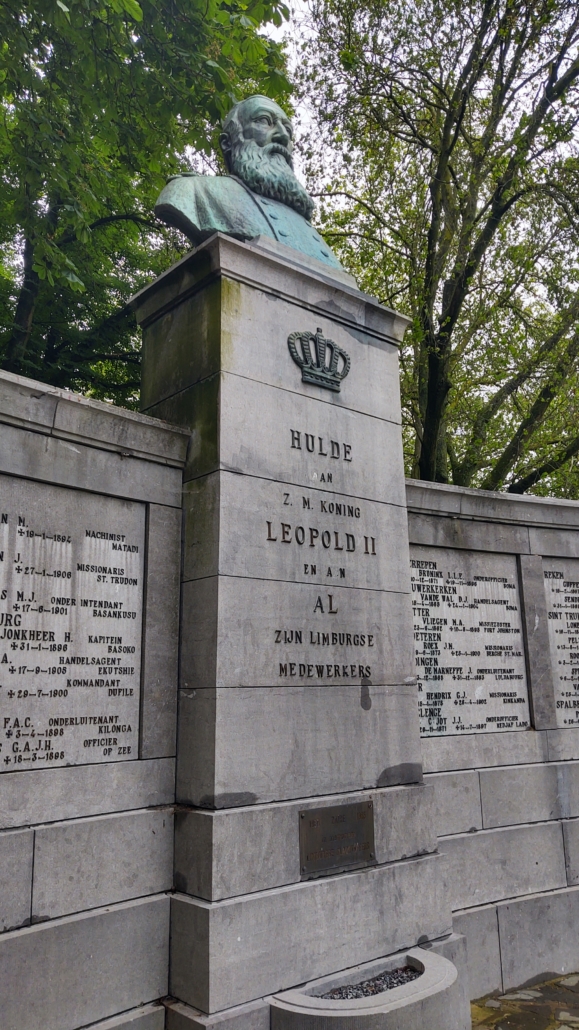
Millions died. Men, women and children were starved, many were mutilated with hands and feet cut off. Rebellions were mercilessly crushed at Leopold’s direction. Although Leopold never went to the Congo, he surely knew what was happening in his name. Missionaries and other Europeans started to spread the word and eventually international pressure forced him to hand over rule of the Congo to the Belgian state. Crowds boo’d at his funeral, but still there are statues to him across the country (being British I’m in no position to pass judgement on such statues).
On this statue there are two panels on either side. One depicts how the Congo was “civilised” and another shows how it was “liberated”, according to how Belgium saw it at the time (the monument was unveiled in 1953). Besides the monument the town have placed a plaque which discusses it and states “Today, we prefer to take a nuanced and critical look at colonial policy with all its positive and negative facets. But also by extension to this image. Does this mean that it no longer belongs to urban statuary? Yes, of course. The city of Hasselt consciously chooses to leave this piece of heritage standing, in the hope that it will invite dialogue between communities and further historical research that addresses all angles.”
![From the Leopold statue in Hasselt. On the right panel with the legend “DE BEVRIJDING” [The Liberation], we see a colonial officer with the Congolese flag in his hand.
To its left are four coats of arms, with dates referring to the following historical facts:
•1876 and the Congolese flag: refers to the founding of the International African Association, which set itself the objective of exploring the basin of Congo
• 1885 and the map of the Congo Basin: proclamation of the International Congolese Association as a sovereign state, later Congo Independent State;
• 1890 – 1894 and a broken chain, symbolizing the campaign against the slave trade;
• 1908, the Congolese flag and the Belgian coat of arms: the annexation of the Congo to Belgium.](https://ourtour.co.uk/home/wp-content/uploads/2024/05/IMG_20240518_121107682_HDR-579x1030.jpg)
![From the Leopold statue in Hasselt. On the left panel, with the subtitle: “DE BESCHAVING” [Civilization], a missionary is depicted with the map of Congo in the background. To its right are four more coats of arms with the following symbols from bottom to top:
• the staff of the herald Mercury and the cogwheel, symbolizing commerce and industry;
• the machete and the shovel, which represent agriculture;
• pottery, an ivory tooth and a basket, indicating craftsmanship;
• the red cross and a microscope, symbolizing hygiene and the fight against disease.](https://ourtour.co.uk/home/wp-content/uploads/2024/05/IMG_20240519_130612127_HDR-579x1030.jpg)
On an unrelated note, we spotted these two stolperstein while wandering back to the van in Hasselt, along with a poster which relays the story of the individuals involved. These are “stumbling stones”, placed in remembrance of the victims of the Nazis (you’ll find them embedded in the ground, spread across Europe). This couple joined the resistance and were sentenced to death for helping Allied airmen escape capture. Lucien died at Mauthausen concentration camp, but Tina survived and made it home. They were unveiled earlier this month. Around 17,000 Belgian resistance members died during WW2, all braver souls than I’ll ever be.
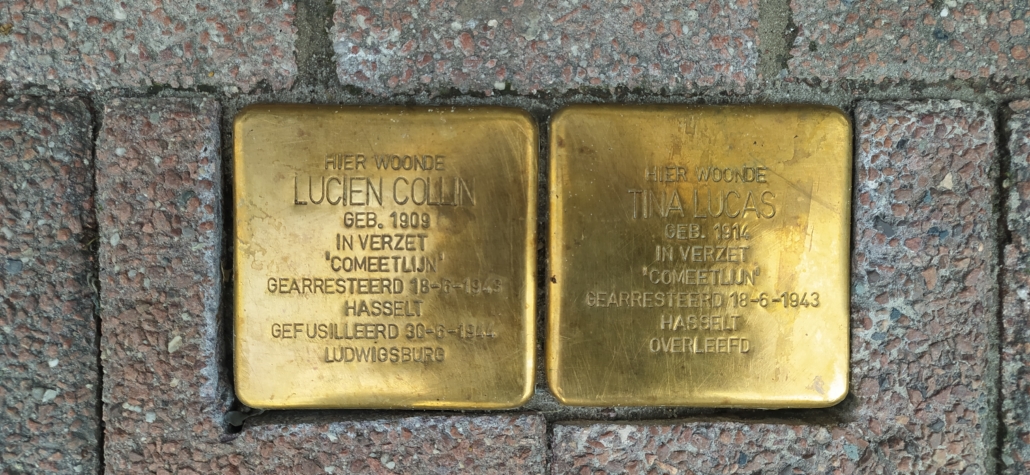
Anyway, enough of all that. The sun is shining, we can hear music from the park behind us and we’ve a few more days of travel ahead before our ferry home next week. Where do we head next? There’s all of Belgium to the west. We could head up to the North Sea coast, take in a couple of the old cities or blast across the country into France for a few days around the beaches of the Pas-de-Calais? Time to get the map and park4night out again!
Cheers, Jay

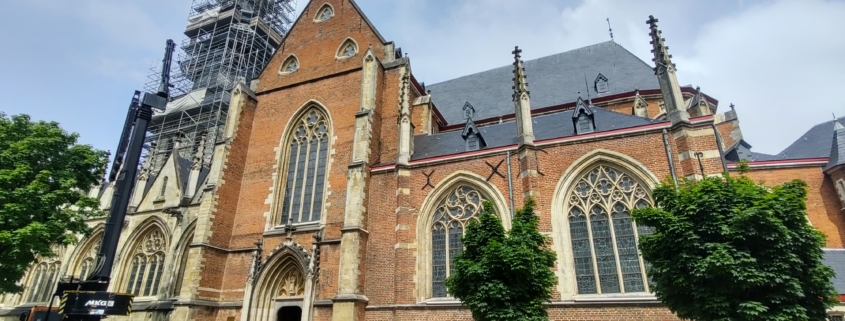
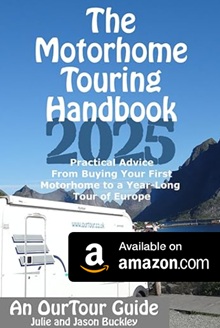
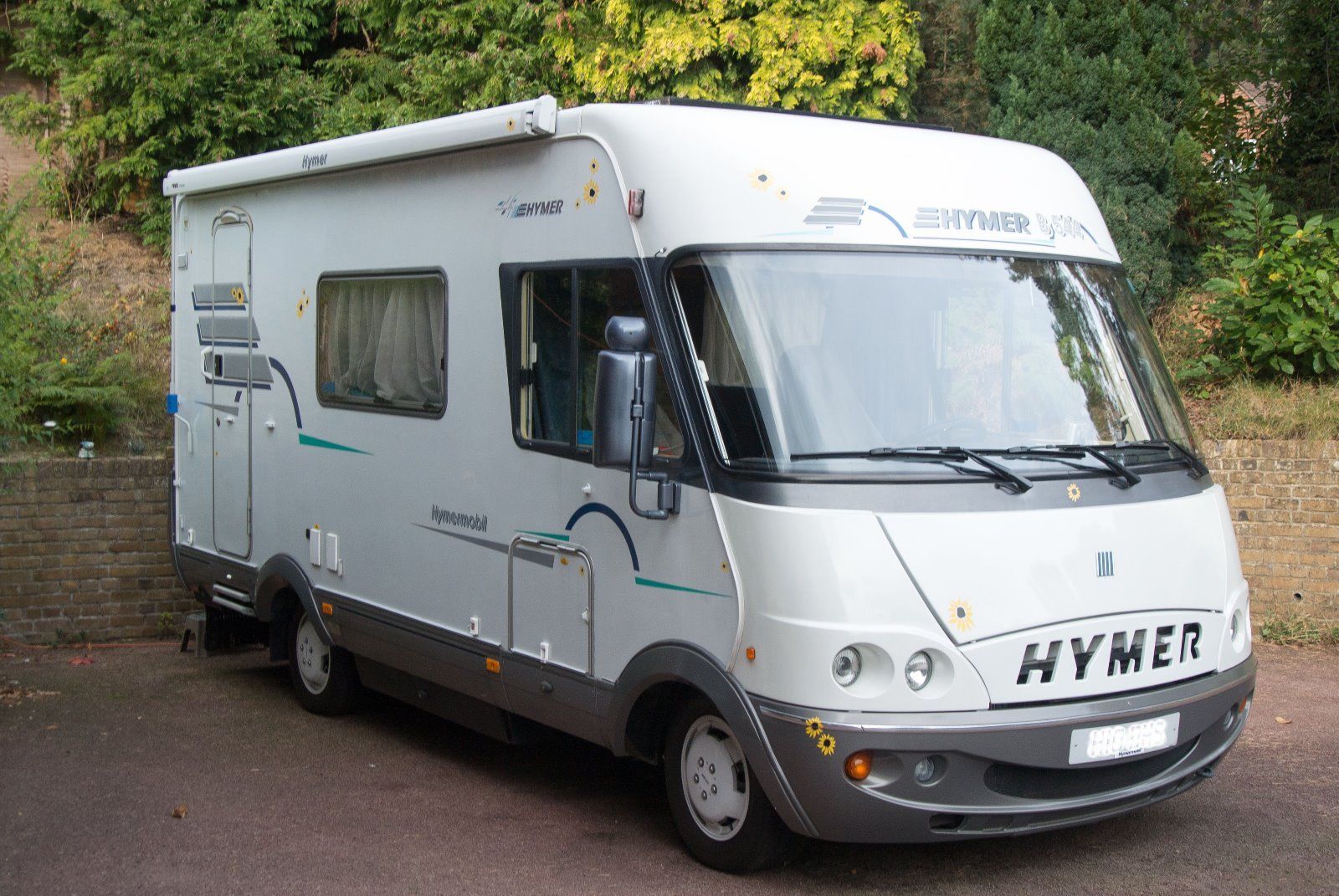
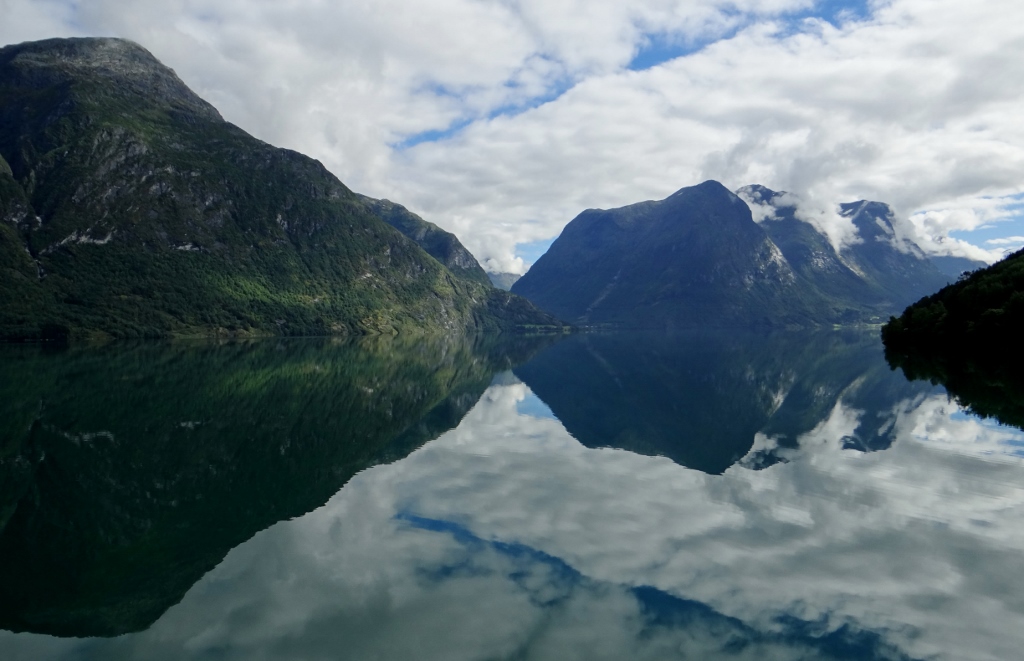
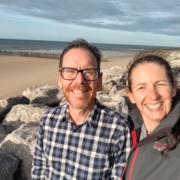
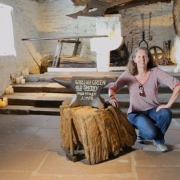
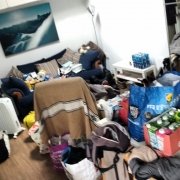
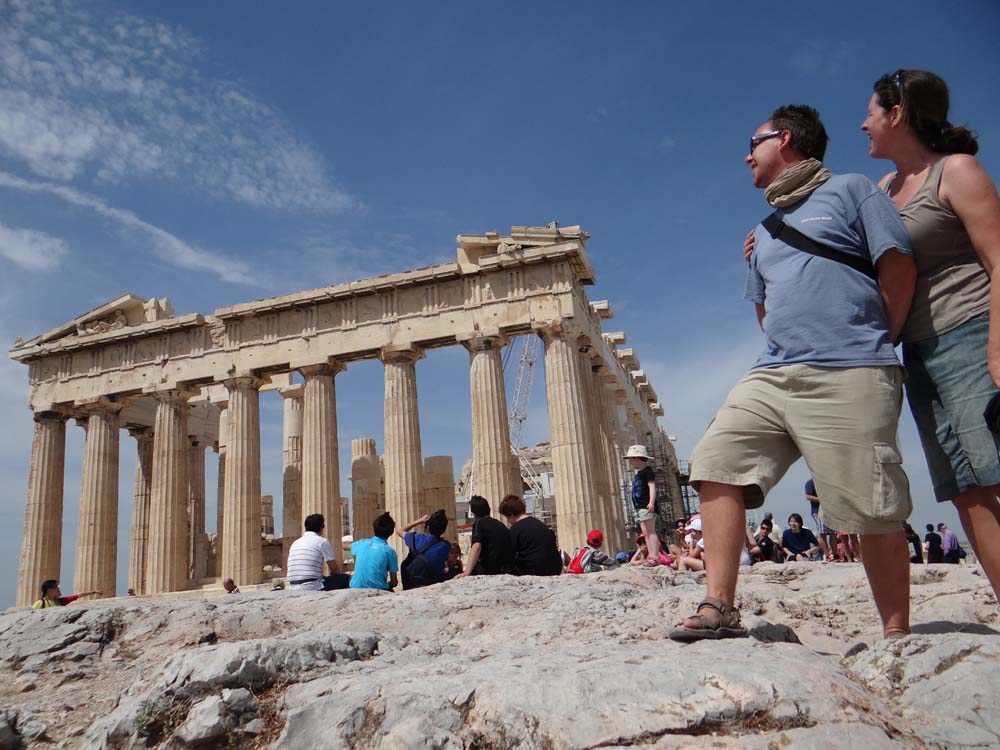


Great report, what a range of subjects here. But… McDonalds???
Needs must Jamie. We were getting Hanrgy and it was that or a €25 burger at the posh place across the road.
Have to fess up and admit, they do a nice cup of tea!